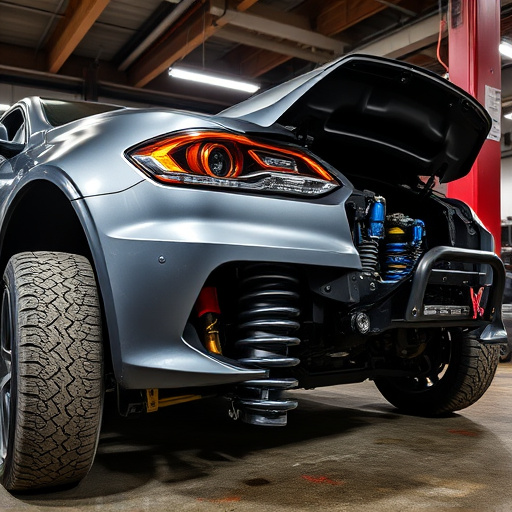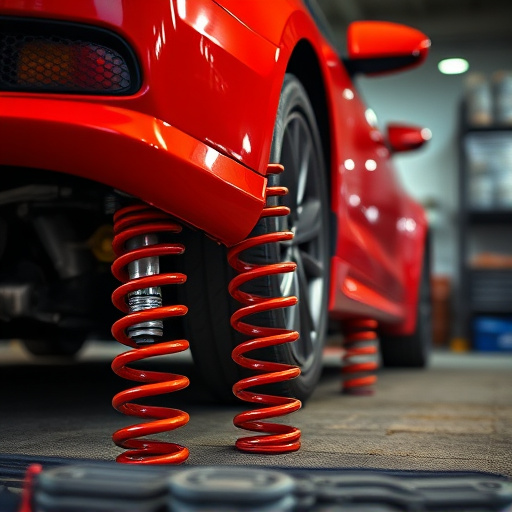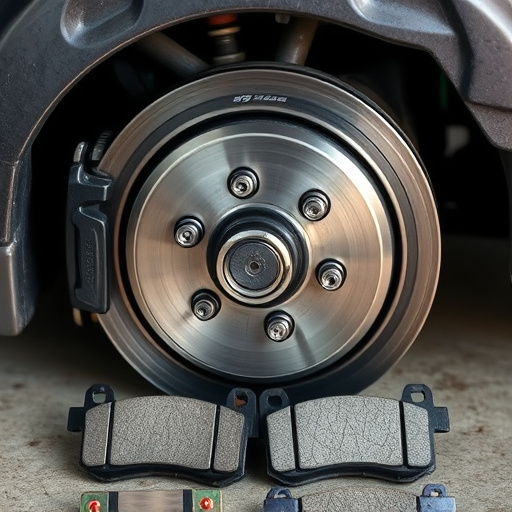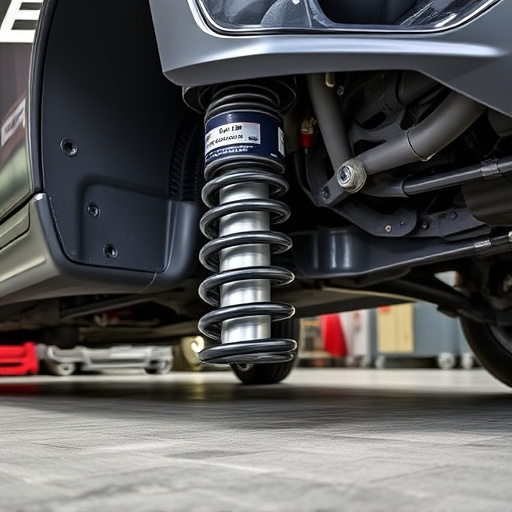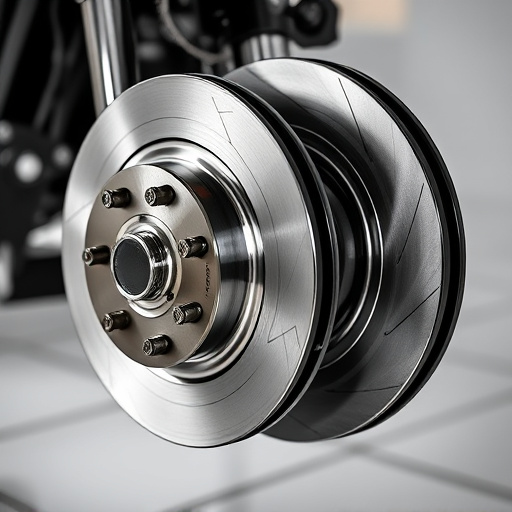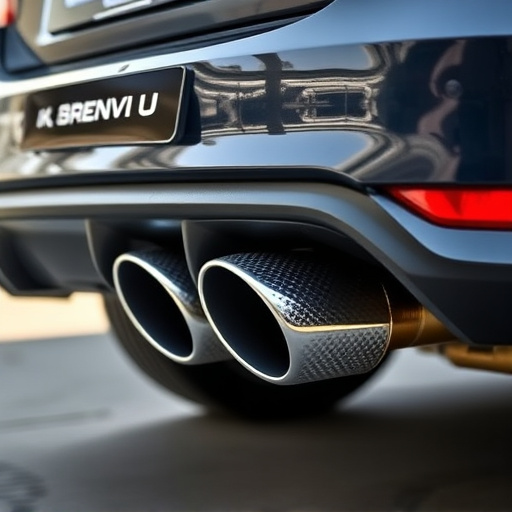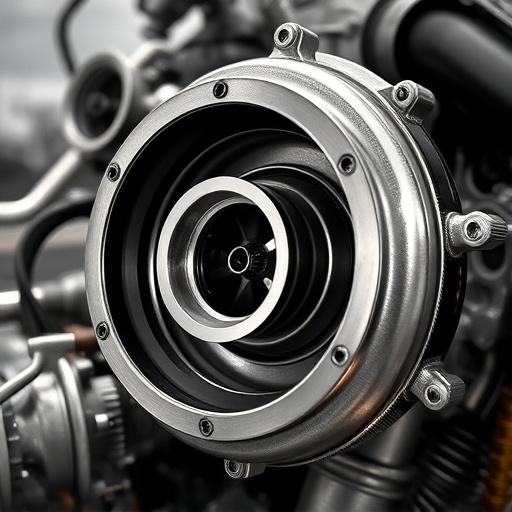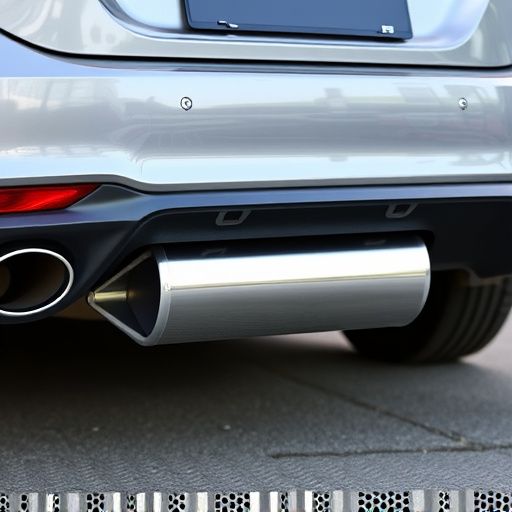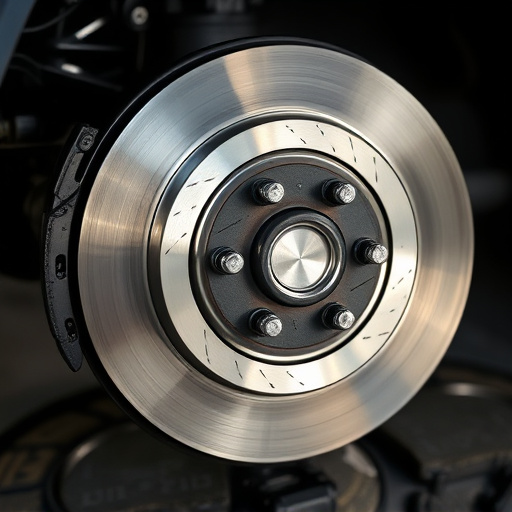A straight pipe exhaust system enhances vehicle performance by allowing unobstructed airflow, reducing backpressure, and improving engine efficiency. Choosing the right pipe diameter depends on engine type and power output, balancing sound preferences with brake cooling efficiency. The length and configuration of the cat-back system, combined with high-flow air filters, further optimize performance. Optimizing these factors ensures peak engine performance, increased power output, improved acceleration, better fuel economy, and a customizable exhaust note.
Choosing the right pipe diameter for your performance exhaust system is crucial for both efficiency and power. This article guides you through the process, starting with an in-depth look at straight pipe exhaust and its advantages. We then delve into key factors influencing selection, including vehicle type, engine specifications, and desired performance goals. Finally, we explore how optimizing pipe size can enhance overall performance, ensuring your exhaust system delivers the power and sound you desire.
- Understanding Straight Pipe Exhaust and Its Advantages
- Factors to Consider When Selecting Pipe Diameter
- Optimizing Performance with the Right Pipe Size Choice
Understanding Straight Pipe Exhaust and Its Advantages
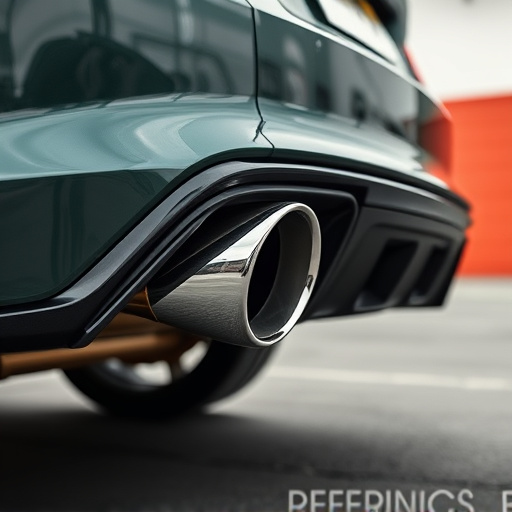
A straight pipe exhaust system is a straightforward and popular choice among car enthusiasts seeking to enhance their vehicle’s performance. Unlike complex exhaust systems with multiple bends and chambers, a straight pipe design allows exhaust gases to flow freely through a smooth, uninterrupted path from the engine to the exhaust tips. This simplicity offers several advantages that make it an appealing option for those who prioritize raw power and engine sound.
One of the key benefits is improved airflow efficiency. The straight nature of the pipe minimizes restrictions, enabling exhaust gases to escape more quickly and efficiently. This can lead to enhanced engine performance, increased horsepower, and better torque delivery, especially in high-performance vehicles equipped with powerful engines. Additionally, the lack of complicated components means there’s less chance for backpressure buildup, ensuring optimal gas flow and reducing the risk of engine damage over time. For car owners looking to customize their exhaust note, straight pipe systems also offer a great platform, allowing the installation of performance air filters and other modifications to further tailor the sound to personal preference.
Factors to Consider When Selecting Pipe Diameter
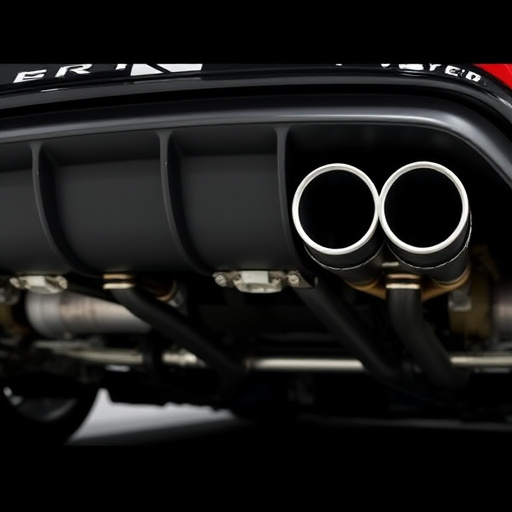
When selecting the right pipe diameter for a performance exhaust system, several factors come into play. One key consideration is the vehicle’s engine type and power output. Different engines require varying levels of airflow to achieve optimal performance, and the pipe diameter should align with these needs. For instance, high-performance engines with larger displacement may benefit from wider pipes to accommodate the increased flow of exhaust gases.
Additionally, the choice of pipe diameter can impact sound and overall system performance. A larger pipe diameter can lead to a deeper, more resonating exhaust note, which is often sought after in performance modifications. However, it’s essential to balance this with the vehicle’s braking capabilities; wider pipes may affect the cooling efficiency of brake pads due to reduced airflow around them. Other factors like the length and configuration of the cat-back exhaust system should also be considered to ensure a seamless and efficient performance upgrade, especially when paired with high-flow performance air filters.
Optimizing Performance with the Right Pipe Size Choice
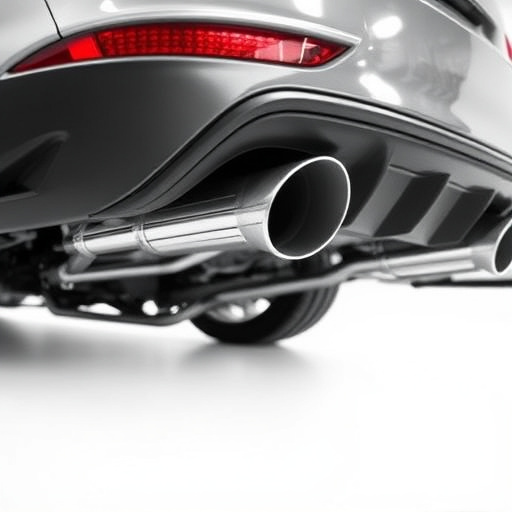
Optimizing Performance with the Right Pipe Size Choice
Choosing the correct pipe diameter for a performance exhaust system is a key step in enhancing engine performance. A straight pipe exhaust, with its streamlined design, allows gases to flow freely, reducing backpressure and increasing power output. The right pipe size ensures efficient gas exchange, enabling the engine to breathe better and deliver more horsepower and torque. This, in turn, translates to improved acceleration and overall driving pleasure.
When selecting pipes, consider high performance parts like advanced air filter kits, which can further boost efficiency. These components work synergistically with the proper pipe diameter to optimize airflow, ensuring your vehicle’s engine performs at its peak. By balancing exhaust system design and incorporating top-tier air filters, you create a powerful synergy that enhances both performance and fuel efficiency.
When selecting a pipe diameter for performance exhaust, understanding the benefits of a straight pipe setup is key. By considering factors like engine type, desired sound, and flow restrictions, you can optimize performance and enjoy an efficient, high-performing exhaust system. Remember, the right pipe size choice makes all the difference in both engine functionality and overall driving experience, so choose wisely based on your specific needs.
